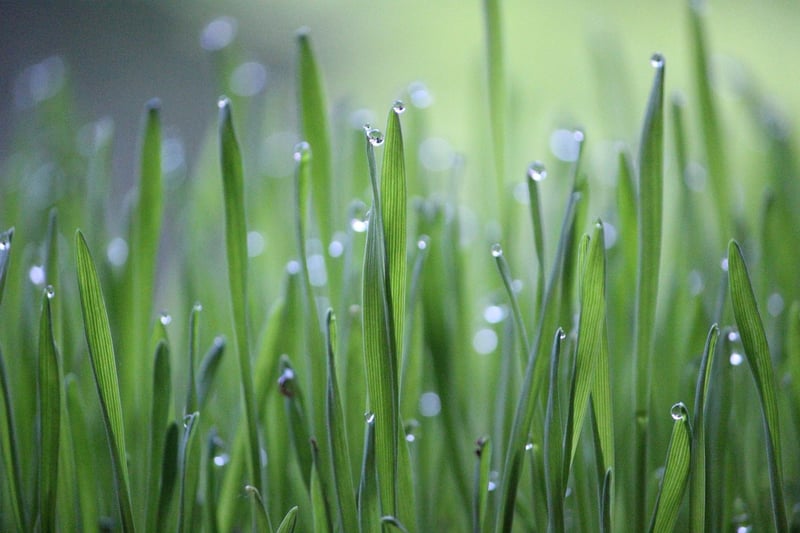Storage Guidelines
Optimal Harvest Practices and Storage Guidelines
Introduction
Harvesting crops at the right time and storing them properly are essential steps to ensure the quality and longevity of the produce. In this article, we will discuss optimal harvest practices and storage guidelines to help you maximize the freshness and nutritional value of your crops.
Optimal Harvest Practices
Harvesting crops at the peak of their ripeness is crucial for flavor and nutrient content. Here are some optimal harvest practices to follow:
- Harvest early in the morning when temperatures are cooler to prevent wilting.
- Use sharp tools to avoid damaging the crops during harvest.
- Handle crops carefully to prevent bruising and spoilage.
- Harvest leafy greens and herbs by cutting them above the soil level to promote regrowth.
- For fruits and vegetables, pick them when they are fully ripe but before they become overripe.
Storage Guidelines
Proper storage is key to preserving the freshness and nutritional value of harvested crops. Follow these storage guidelines to extend the shelf life of your produce:
- Store fruits and vegetables in perforated plastic bags in the refrigerator to maintain humidity levels.
- Avoid storing fruits and vegetables together as some emit ethylene gas, which can cause others to ripen too quickly.
- Keep root vegetables like potatoes and carrots in a cool, dark, and well-ventilated place to prevent sprouting.
- Store herbs like parsley and cilantro in a glass of water on the counter or in the refrigerator with a damp paper towel.
- Freeze excess produce by blanching and then sealing them in airtight containers or freezer bags.
Conclusion
By following optimal harvest practices and storage guidelines, you can enjoy fresh, flavorful, and nutritious produce for longer periods. Remember to harvest at the right time, handle crops with care, and store them properly to make the most of your harvest.



